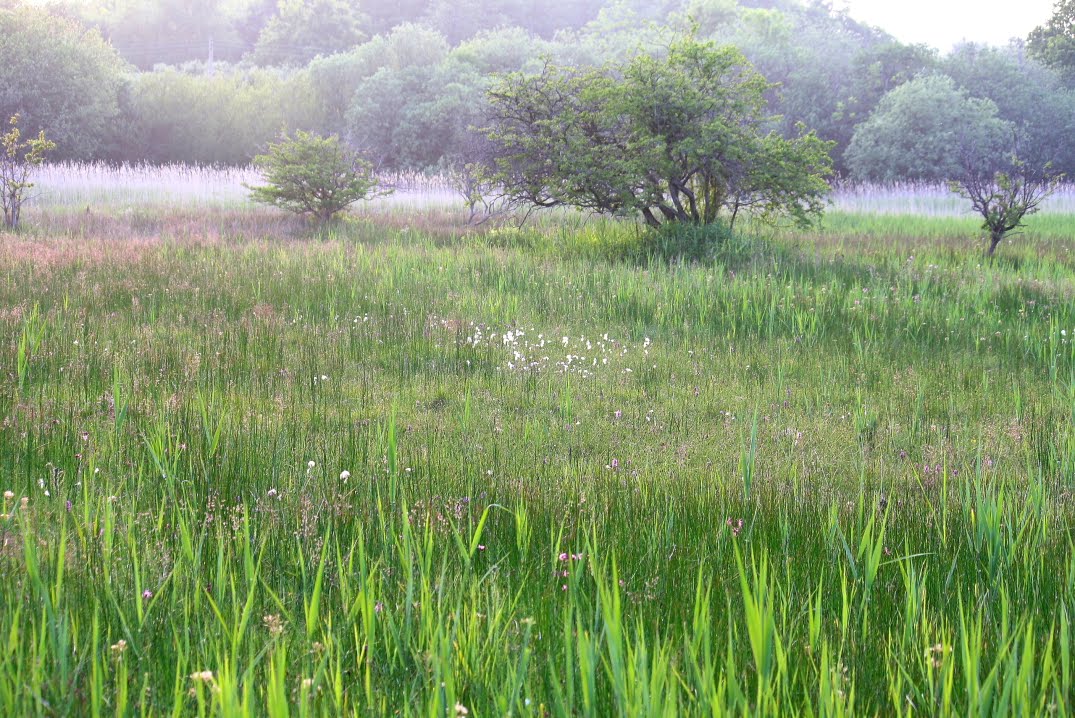Autumn is well and truly here now: straggling skeins of geese overhead flying between coastal marshes and inland fields; flocks of redwings and fieldfares in the bushes; raucous rooks in their rookery; my neighbour’s numberless leaves in my little garden.
We didn’t get all of Area A finished by the end of September
deadline due to a combination of unreliable machinery and all-too-reliable
wasps objecting to our presence. Unfortunately, Natural England’s deadline is
sacrosanct and no extension was granted, so what remains must carry on
remaining until the ‘window’ for fen cutting opens again in August 2024. We
can’t allow volunteer hands to remain idle however, so 20 of us convened at Pit
Common for a spot of scrub bashing and grass raking on a gorgeous autumn
morning, sandwiched between last night’s downpour and this afternoon’s one.
Before the fun begins, preparation is all. Here we see the wheelbarrows lined up ready to go up to the Pit - still no trolley!
Then there’s planning the works and instructing the volunteers.
The site was identified for our dead hedge off the footpath
And the material for it quickly built up.
Your usual correspondent arrived fashionably late (but not too late for tea) to the usual chorus of disapproval, but it’s water off a duck’s back. Already under way was feverish activity: dead hedging, lopping, sawing, brush cutting, and ditch dredging were happening around the Pit and up the footpath so beloved of dog walkers such as myself. It was hard to know which activity would benefit most from my attendance, but I was soon dragooned into hauling spikey cut material from where it lay to form a different pile, to the delight of the dead-hedging crew, who were getting a bit overwhelmed (and not only by my presence). Here are the happy hedgers:
Vegetation has a habit of growing across paths, so where necessary it has to be rebuked – in this case with a saw.
Meanwhile the vicinity of the Pit itself was also a hive of activity, in bright sunshine. Note the splendid wheelbarrow, much admired by the team.
There’s been a lot of rain recently, at least some of which has made its way into the Pit; it’s nice to see it looking like a pond again.
The gullies leading into the pond were in need of clearing out, and Noel in his snazzy dungarees was the man for the job.
When grass and other vegetation gets cut, it needs dumping, so our trusty yellow drag sheet was needed. Also needed were people to drag it, and by the end of the session they were jolly tired!
An hour in (or 15 minutes for tardy correspondents), there was a well-earned half time break.
The dead hedge beside the footpath took a lot of effort from several people, but the end result is worth it. Here it’s having the finishing touches added to it.
Ta-da…. Team Leader Julie thinks she has dead hedge OCD 🤣🤣
She might be right, because she was then involved in the creation of a second one to use the branches from a willow removed from the edge of the pond.
By the end of the session, we had a lovely clear and bright footpath.
Here is Team Leader Margaret’s message of thanks
Thank you to everyone who came today. 20 wonderful
volunteers on a glorious Autumn morning.
Thanks to you all, walkers no longer have to duck when
walking up next to the pit and they might even be able to dodge the worst of
the mud. The gullies to the pit have been cleared ready for the next downpour
and the rough grass cut and cleared. We also have two magnificent dead hedges
to admire.
In two weeks’ time we should be working on School Common
but we will keep you posted. Thank you all and enjoy the afternoon.
Margaret for the team leaders

.jpg)
.jpg)

.jpg)






.jpg)


.jpg)
.jpg)
.jpg)

















.jpg)


.jpg)




.jpg)






